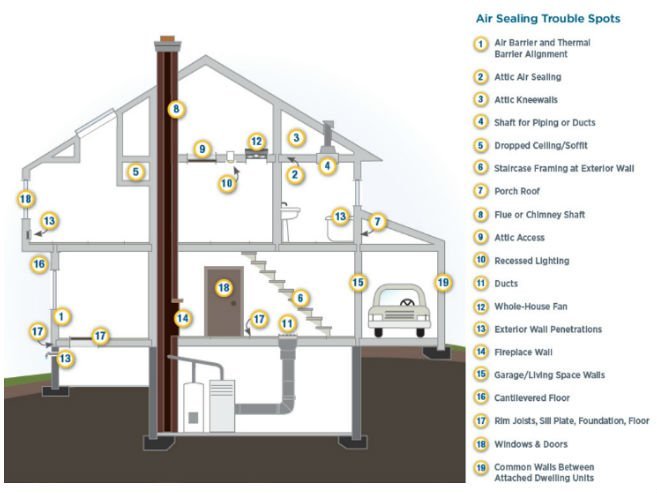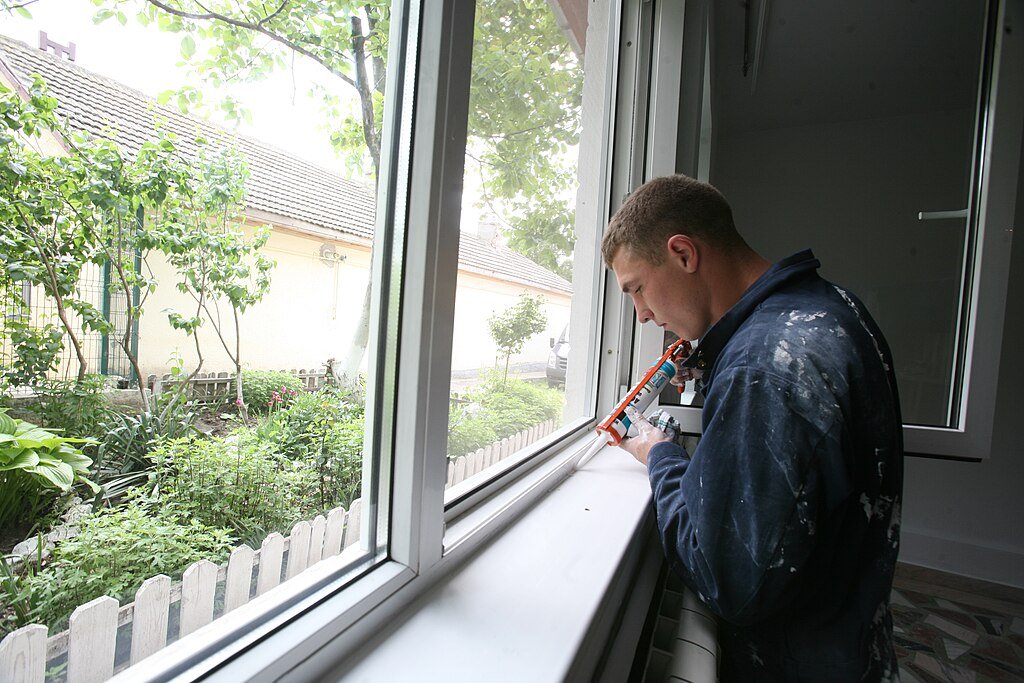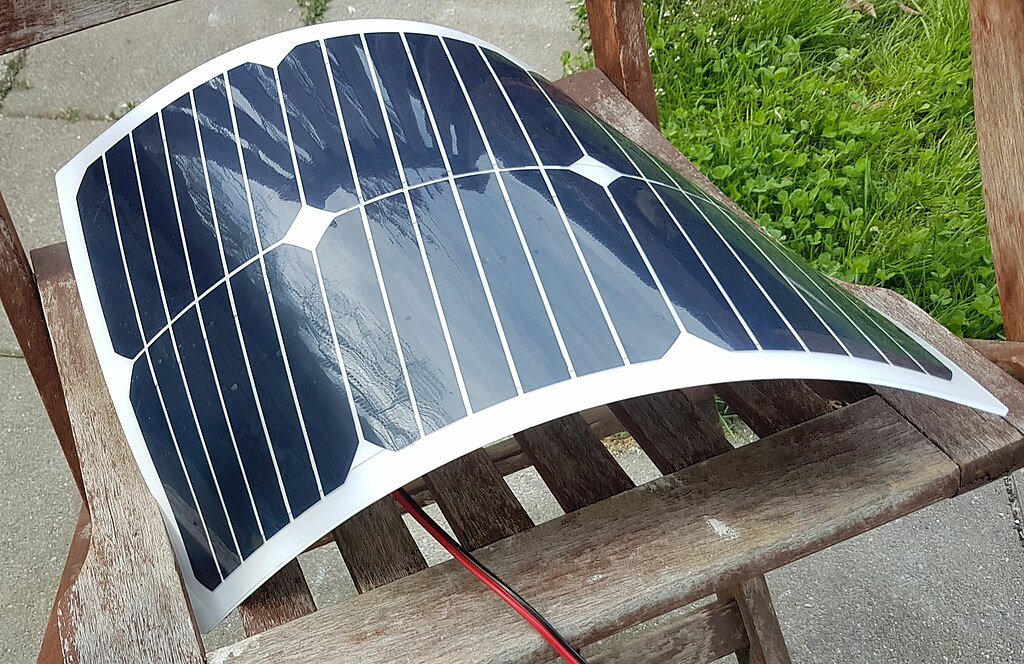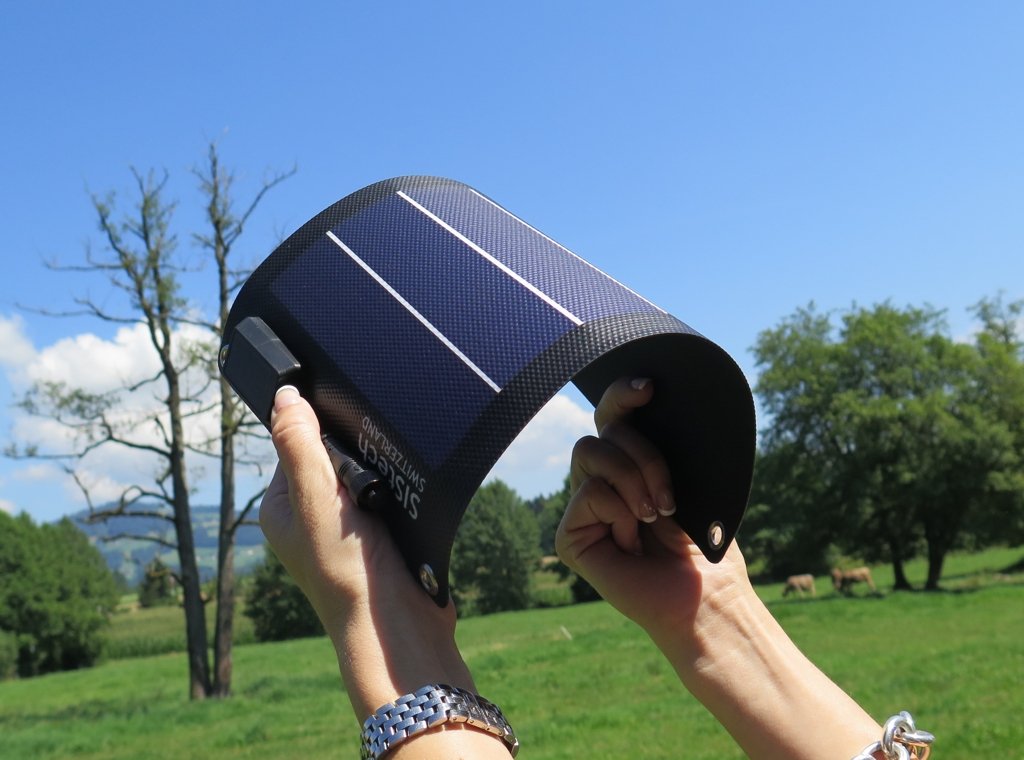Greetings, homeowners and energy enthusiasts! As your dedicated Home Energy Efficiency Advisor, I’m thrilled to take you on a journey into the realm of home airtightness—an essential concept for Net Zero Homes that holds the key to a more energy-efficient, comfortable, and sustainable living space. In this guide, we’ll unravel the science behind airtight homes, understand its pivotal role in optimizing energy usage, and explore practical strategies to boost the airtightness of your home.
| Did you know… |
|---|
|
|
|
|
|
Definition of Airtight Homes
Let’s start with the basics. Home airtightness is all about creating a barrier that prevents outdoor air from sneaking in and conditioned indoor air from slipping away. It’s like giving your home a protective shield against energy waste. As your trusted advisor, I can attest that creating an optimal air seal is a cornerstone of smart home design—it’s not just about energy savings; it’s about crafting a space that harmonizes with the environment.
Importance of Airtightness in Energy Efficiency
Why should you care about airtightness? Well, my friends, it’s the linchpin of energy efficiency. When your home is airtight, you’re in control of the indoor environment. This means efficient temperature management, improved air quality, and, most importantly, a significant drop in your energy bills. Picture it as a win-win for your comfort and your wallet, all while making a positive impact on the planet.
Overview of this Articles’ Focus
In the upcoming sections, we’ll dive deep into the science of airtightness. We’ll explore the sources of air infiltration, unravel the mysteries of the building envelope, and equip you with practical strategies to enhance your homes’ airtightness. From insulation techniques to sealing gaps and upgrading windows and doors, we’ve got you covered. Plus, we’ll discuss the tech-savvy solutions and smart home integrations that can elevate your home’s efficiency game.
Whether you’re eager to make your home more eco-friendly or seeking ways to cut down those pesky utility bills, consider me your guide in the exciting world of home energy efficiency. Together, we’ll unlock the secrets of airtight homes—spaces that not only embrace modern design but also prioritize energy conservation and sustainability. Get ready to transform your home into an energy-efficient haven!
What we’ll cover…
I. The Science Behind Airtight Homes
A. Understanding Air Leakage
Let’s embark on a more detailed exploration of the science behind airtightness, unraveling the complexities of air leakage and its implications for your home’s efficiency.
Sources of Air Infiltration
Air, the wily intruder, finds its way into your home through various avenues. Those seemingly insignificant cracks in walls, gaps around windows and doors, and even unsealed joints in the building structure provide entry points for outdoor air. Identifying and addressing these sources of air infiltration is akin to fortifying your castle against unwarranted invaders. The meticulous sealing of these openings is a crucial step toward achieving optimal airtightness.

Impact on Heating and Cooling
Understanding the impact of air leakage on your home’s heating and cooling systems is key to appreciating the value of airtightness. In winter, the infiltration of cold air forces your heating system to work harder, consuming more energy to maintain a comfortable indoor temperature. Conversely, in summer, the invasion of warm air necessitates additional effort from your air conditioner, leading to increased energy consumption. By addressing air leakage, you not only enhance comfort but also reduce the strain on your HVAC systems, ultimately saving on energy costs.
B. Building Envelope and Airtightness
Now, let’s shift our focus to the unsung hero in the quest for energy efficiency—the building envelope. This structural shell encapsulates your home, comprising walls, windows, doors, and the roof. Achieving airtightness involves reinforcing and optimizing this envelope to create a barrier against air infiltration.
Role of Walls, Windows, and Doors
Walls, windows, and doors each play a unique role in maintaining airtightness. Properly insulated walls act as a thermal barrier, preventing temperature exchange between the interior and exterior. Windows, while providing natural light and ventilation, can also be a source of air leakage if not appropriately sealed. Similarly, doors, especially exterior ones, require meticulous sealing to prevent drafts. Understanding and addressing the specific challenges posed by these elements are crucial steps in enhancing overall airtightness.
Significance of Sealing Gaps and Cracks
Now, let’s get practical. Sealing gaps and cracks is a hands-on strategy in the battle against air leakage. Caulking, weatherstripping, and other sealing techniques serve as the armor for your home, strengthening its defenses. By paying attention to seemingly minor details, such as gaps around electrical outlets or spaces around pipes, you can make a substantial impact on airtightness. These measures not only enhance the efficiency of your home but also contribute to a cozier, healthier living environment.
II. Air Leakage Detection Test
As a Home Energy Efficiency Advisor, our journey into the realm of airtightness continues with an essential diagnostic tool—the Airtightness Test, aka Blower Door Test. This test serves as a crucial checkpoint in gauging your home’s current performance and identifying areas for improvement. Let’s dive into the intricacies of this assessment and unveil the secrets it holds for optimizing your home’s efficiency.
A. The Blower Door Test
Imagine the Blower Door Test as your home’s health checkup. This diagnostic procedure involves the use of a powerful fan mounted on an exterior door, creating a controlled environment to measure air infiltration. The goal is to assess how much air your home unintentionally lets in or loses.
What is a Blower Door Test?
The primary purpose of the Blower Door Test is to quantify the amount of air leakage in your home, often referred to as Air Changes per Hour (ACH). A lower ACH value indicates higher airtightness, reflecting a more energy-efficient and comfortable living space. The methodology involves setting up the blower door test equipment, depressurizing the home, and measuring the airflow required to maintain a specific pressure difference.
| Quick Fact |
|---|
|
Interpreting Results
Interpreting the results of the Blower Door Test requires understanding the ACH value and its implications. A lower ACH signifies better airtightness, but it’s equally crucial to pinpoint specific areas contributing to air leakage. This diagnostic tool empowers homeowners and energy professionals alike to tailor solutions based on precise data.
B. DIY Methods for Detecting Air Leaks
While professional assessments like the Blower Door Test provide accurate insights, there are practical DIY methods to detect and address air leaks on a day-to-day basis.
Smoke Test
The smoke test is a simple yet effective DIY technique. Light a candle or incense stick on a windy day, moving it near potential leakage points. Watch for changes in the smoke’s direction, indicating air movement. This method helps identify drafts and guides targeted sealing efforts.
Hand Test for Drafts
The hand test involves feeling for drafts around windows, doors, and electrical outlets. On a windy and, ideally, a chilly day, move your hand along these areas, detecting subtle temperature variations. Identifying these drafts allows you to prioritize sealing efforts where they’re most needed.
As we proceed, we’ll explore DIY and professional strategies for sealing gaps and cracks, empowering you to take charge of your home’s airtightness. Stay tuned for practical tips that blend seamlessly into your quest for an energy-efficient and cozy living space!
III. Strategies for Achieving Airtight Homes
We now venture into the heart of our journey—Strategies for Achieving Airtightness. This section is all about empowering you with practical techniques to fortify your home against air infiltration. From windows to sealing mastery, let’s dive into the strategies that will transform your living space into an airtight haven.
A. Sealing Gaps and Cracks for Airtight Homes
Now, let’s delve into the art of sealing gaps and cracks—an essential skill in achieving airtightness.
Caulking and Weatherstripping

Caulking and weatherstripping are like the superhero duo of home sealing. Use caulking to seal gaps in stationary building components like window frames and between different materials. Weatherstripping, applied to movable components like doors and operable windows, acts as a flexible barrier against drafts. Regularly inspect and replace weatherstripping to maintain its effectiveness, especially in high-use areas.
Importance of Proper Installation
Materials alone won’t suffice without proper installation. A meticulous approach ensures that gaps are fully sealed, and materials are applied according to manufacturer recommendations. Properly installed insulation and sealing elements maximize their effectiveness, translating your efforts into tangible improvements in airtightness.
B. Upgrading Windows and Doors
Windows and doors are essential for ventilation and natural light, but they can also be vulnerable points for air leakage.
Double-Pane Windows and Low-E Coatings
Consider upgrading to double-pane windows featuring Low-E (low emissivity) coatings. These coatings reflect infrared light, reducing heat transfer and enhancing energy efficiency. Not only do they contribute to airtightness, but they also provide additional benefits like minimizing condensation, promoting a healthier indoor environment.

Energy-Efficient Doors and Frames
Energy-efficient doors, equipped with weatherstripping and thermal breaks, contribute significantly to airtightness. When upgrading doors, pay attention to the quality of frames and consider materials like fiberglass or insulated steel. A well-designed entryway not only enhances security but also acts as a robust defense against unwanted air infiltration.
IV. Benefits of Airtight Homes
Having explored the strategies and technologies for achieving airtightness, it’s time to uncover the wealth of benefits that airtight homes bring beyond mere energy efficiency. From consistent comfort to financial savings, a tightly sealed home offers a plethora of advantages that enhance your overall living experience. Let’s delve into the benefits of airtight homes along with some examples.
A. Energy Efficiency and Cost Savings of Airtight Homes
Impact on Heating and Cooling Bills
In the realm of energy efficiency, airtight homes stand as champions. By preventing the uncontrolled exchange of indoor and outdoor air, these homes optimize the operation of heating and cooling systems, leading to:
- Reduced Energy Consumption: Airtightness minimizes energy waste, translating into lower heating and cooling bills.Example: During cold winters, airtight homes retain warmth efficiently, reducing the need for constant heating.
- Operational Efficiency: HVAC systems operate at optimal efficiency, providing consistent comfort while consuming less energy.Example: A tightly sealed home ensures that conditioned air stays indoors, reducing the workload on heating or cooling systems.
Long-Term Return on Investment
Investing in achieving airtightness pays dividends over time, offering a compelling long-term return on investment:
- Financial Savings: Homeowners experience substantial cost savings on energy bills, offsetting the initial investment in airtightness.Example: Over a decade, the cumulative savings on energy bills can surpass the upfront costs of implementing airtight measures.
- Reduced Maintenance Costs: Airtight homes often require fewer maintenance interventions, contributing to additional long-term savings.Example: A well-sealed home prevents moisture-related damage, reducing the need for frequent repairs to structural components.
B. Improved Indoor Air Quality
Minimizing Infiltration of Pollutants
Contrary to misconceptions, airtight homes don’t compromise indoor air quality; rather, they actively enhance it by:
- Advanced Ventilation Systems: Controlled ventilation ensures a continuous supply of fresh, filtered air.Example: Heat recovery ventilation systems exchange stale indoor air with fresh outdoor air while retaining the temperature, ensuring high-quality indoor air.
- Pollutant Reduction: Airtightness minimizes the infiltration of pollutants, allergens, and outdoor contaminants.Example: Air purifiers become more effective in airtight spaces as they can focus on targeted pollutant removal without constant influx from outside.
Enhancing Comfort and Health
Airtight homes create an environment that prioritizes both comfort and health:
- Stable Indoor Temperatures: Consistent indoor temperatures eliminate discomfort associated with variations.Example: Airtightness ensures that your home stays cool during scorching summers and warm during chilly winters, providing year-round comfort.
- Healthier Living Environment: Controlled ventilation contributes to a healthier indoor environment, benefiting occupants, especially those with respiratory conditions.Example: For individuals with allergies, reduced outdoor air infiltration means fewer airborne allergens, promoting a healthier living space.
C. Environmental Impact of Airtight Homes
Reducing Carbon Footprint
Airtight homes play a crucial role in reducing the environmental impact of residential buildings:
- Optimizing Energy Usage: By minimizing energy consumption, airtightness contributes to lower greenhouse gas emissions.Example: Airtight homes relying on renewable energy sources further diminish their carbon footprint, showcasing a commitment to sustainability.
- Sustainable Living Practices: Embracing airtightness aligns with sustainable living practices, fostering eco-friendly choices.Example: Homeowners incorporating airtight design may also invest in solar panels, creating a holistic approach to sustainable living.
Contribution to Sustainable Living
Airtight homes embody sustainable living principles:
- Desirable Eco-Friendly Features: In the real estate market, energy-efficient and eco-friendly features enhance a home’s desirability.Example: Airtight homes with green certifications, such as LEED or ENERGY STAR, stand out in the market as eco-conscious choices.
- Positive Impact: Homeowners contributing to sustainable living practices make a positive impact on the environment.Example: A community of airtight homes collectively reduces energy demand, positively influencing the local environmental landscape.
To sum up this section, the benefits of airtight homes extend beyond energy efficiency, encompassing cost savings, improved indoor air quality, and a positive environmental impact. As you strive for airtightness, envision a home that not only enhances its energy performance but also prioritizes your well-being and contributes to a sustainable future. In our final section, we’ll provide practical tips and guidelines for homeowners looking to embark on the journey toward achieving and maintaining airtightness. Stay tuned for actionable insights!
V. Challenges and Considerations
A. Balancing Airtightness and Ventilation
Importance of Controlled Ventilation
While airtightness brings numerous benefits, finding the right balance with controlled ventilation is crucial:
- Preserving Indoor Air Quality: Controlled ventilation systems ensure a constant flow of fresh air, countering the potential for stagnant or stale indoor air.Example: Heat recovery ventilation units efficiently exchange indoor and outdoor air, maintaining air quality without compromising airtightness.
- Humidity Control: Adequate ventilation prevents excessive humidity, contributing to a comfortable and healthy indoor environment.Example: Smart ventilation systems adjust airflow based on humidity levels, preventing the buildup of moisture.
Avoiding Indoor Air Quality Issues for Airtight Homes
Striking a balance between airtightness and ventilation is essential to avoid potential indoor air quality issues:
- Monitoring and Maintenance: Regular monitoring and maintenance of ventilation systems are critical to ensure they operate at optimal efficiency.Example: Installing air quality sensors can provide real-time data, prompting adjustments to the ventilation rate as needed.
- Customized Ventilation Strategies: Tailoring ventilation strategies to the specific needs of the home and its occupants mitigates the risk of indoor air quality problems.Example: Homes with different occupancy patterns may require customized ventilation schedules to match periods of higher or lower activity.
B. Potential Risks of Overly Airtight Homes
Moisture Accumulation and Mold
While airtightness helps control moisture, overly airtight homes can face challenges:
- Risk of Moisture Accumulation: In extremely airtight homes, the risk of moisture accumulation increases, potentially leading to mold growth.Example: In colder climates, airtight homes may trap moisture, especially during periods of extended heating, necessitating careful moisture control measures.
- Strategies for Mitigation: Implementing moisture mitigation strategies, such as dehumidification systems and moisture-resistant materials, safeguards against potential issues.Example: Installing vapor barriers and using moisture-resistant paints in airtight homes contributes to mold prevention.
Strategies for Mitigation
Overcoming potential risks requires thoughtful strategies for homeowners:
- Consulting Professionals: Seeking guidance from building professionals, including architects and energy consultants, ensures that airtightness measures align with safety standards.Example: Working with a certified home energy auditor helps identify potential risks and develop tailored mitigation strategies.
- Continuous Monitoring: Regularly monitoring indoor conditions, especially humidity levels, allows homeowners to detect early signs of potential issues.Example: Smart home systems integrated with environmental sensors provide real-time data, enabling proactive adjustments.
Conclusion
A. Recap of Key Points
As we conclude our exploration of airtight homes, let’s recap the key points that highlight the significance of airtightness in modern residential construction:
- Energy Efficiency: Airtight homes significantly enhance energy efficiency by minimizing heating and cooling losses, translating into reduced utility bills and long-term financial savings.
- Indoor Air Quality: Striking the right balance between airtightness and controlled ventilation is crucial for maintaining high indoor air quality, ensuring a healthy and comfortable living environment.
- Environmental Impact: Airtight homes contribute to sustainable living practices by optimizing energy usage, reducing greenhouse gas emissions, and aligning with broader environmental conservation efforts.
- Structural Integrity: While promoting energy efficiency, airtightness also safeguards the structural integrity of homes by minimizing the risk of moisture-related damage.
B. Encouragement for Homeowners to Assess and Improve Airtightness
For homeowners embarking on the journey of optimizing their homes for airtightness, here’s a word of encouragement:
- Assessment: Begin by assessing the current level of airtightness in your home. Consider consulting with professionals or conducting a home energy audit to identify areas for improvement.
- Incremental Changes: Enhancing airtightness doesn’t necessitate a complete overhaul. Incremental changes, such as sealing gaps and upgrading insulation, can yield significant benefits.
- Education: Educate yourself on the principles of airtightness and the importance of ventilation. Understanding the interplay between these factors empowers you to make informed decisions.
C. Future Outlook and Trends in Airtight Home Construction
Looking ahead, the future of airtight home construction holds exciting possibilities and trends:
- Advanced Materials: Ongoing research in building materials is likely to yield innovations that enhance airtightness without compromising other essential properties.
- Smart Technologies: The integration of smart technologies, such as advanced ventilation systems and AI-driven climate control, will play a pivotal role in optimizing airtight home environments.
- Industry Standards: Airtightness is expected to become a standard consideration in building codes, reflecting the increasing awareness of its benefits and the demand for sustainable, energy-efficient homes.
In closing, the journey toward airtightness is a dynamic and evolving one. Embrace the opportunities to enhance your home’s performance, create a healthier living space, and contribute to a more sustainable future. As you embark on this path, remember that each step toward airtightness is a step toward a more efficient, comfortable, and environmentally conscious home.
Thank you for joining us on this exploration of airtight homes. May your endeavors in creating an airtight living space be rewarding and transformative. We always appreciate our community members to share your thoughts and experience in our comments section or on our Reddit Community.





Leave a Reply